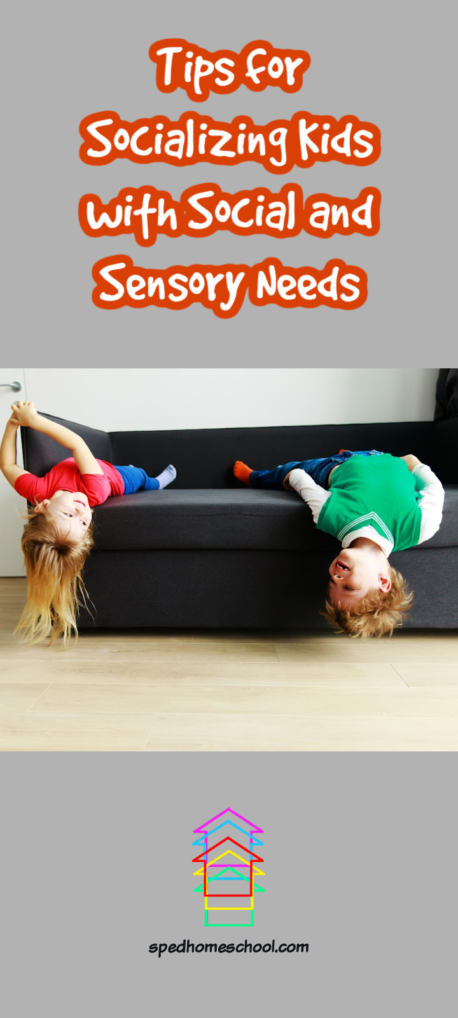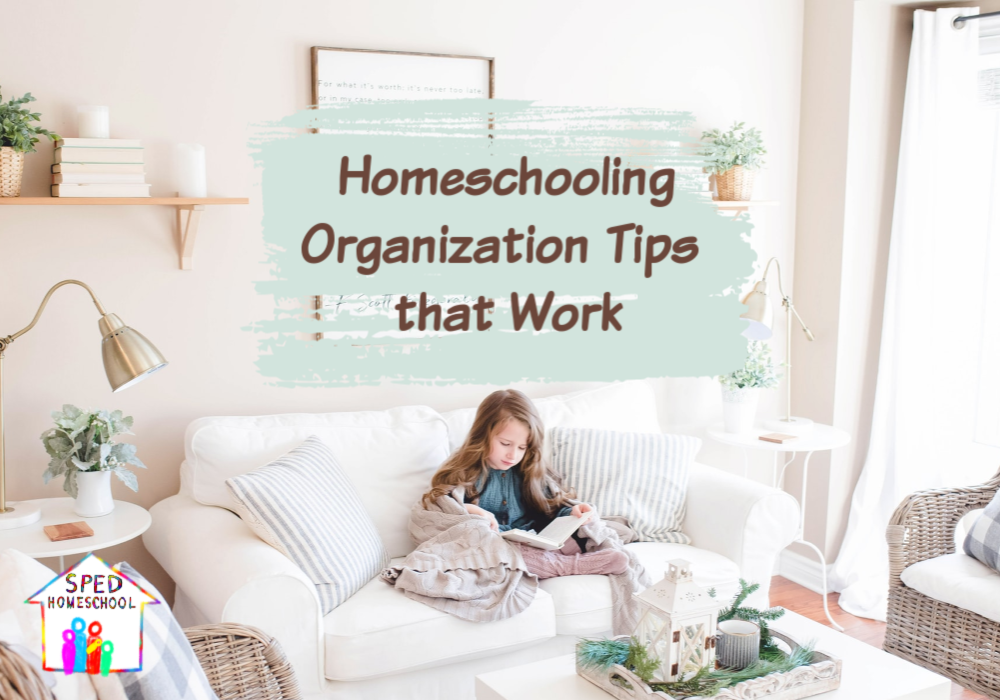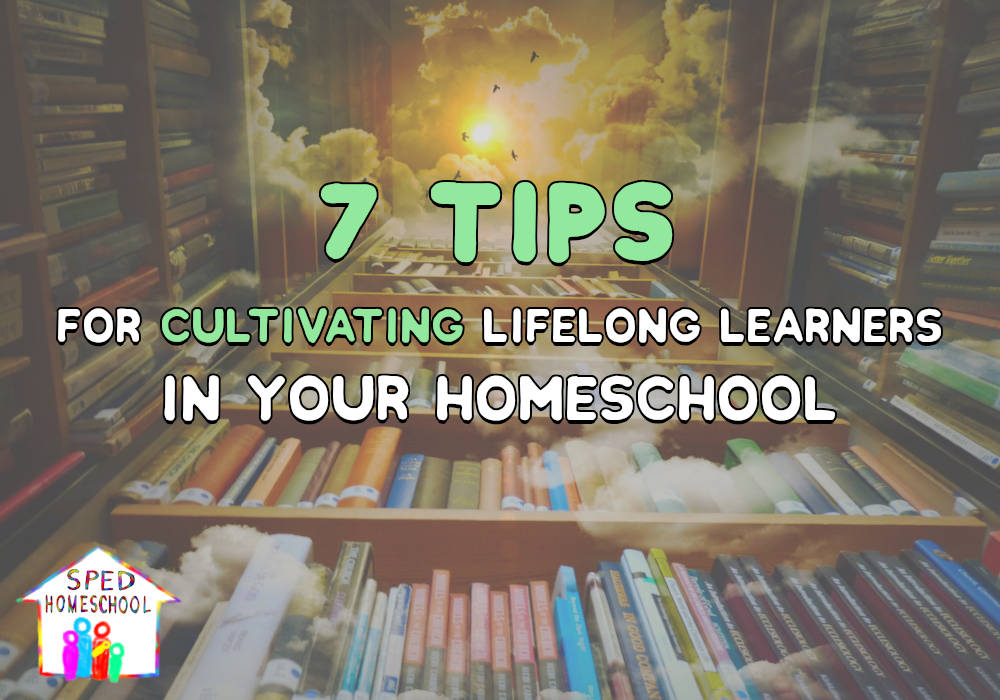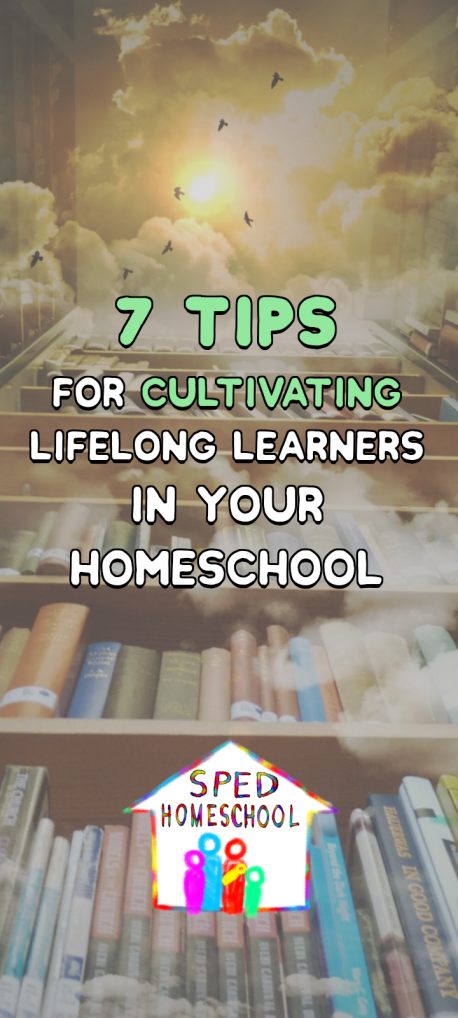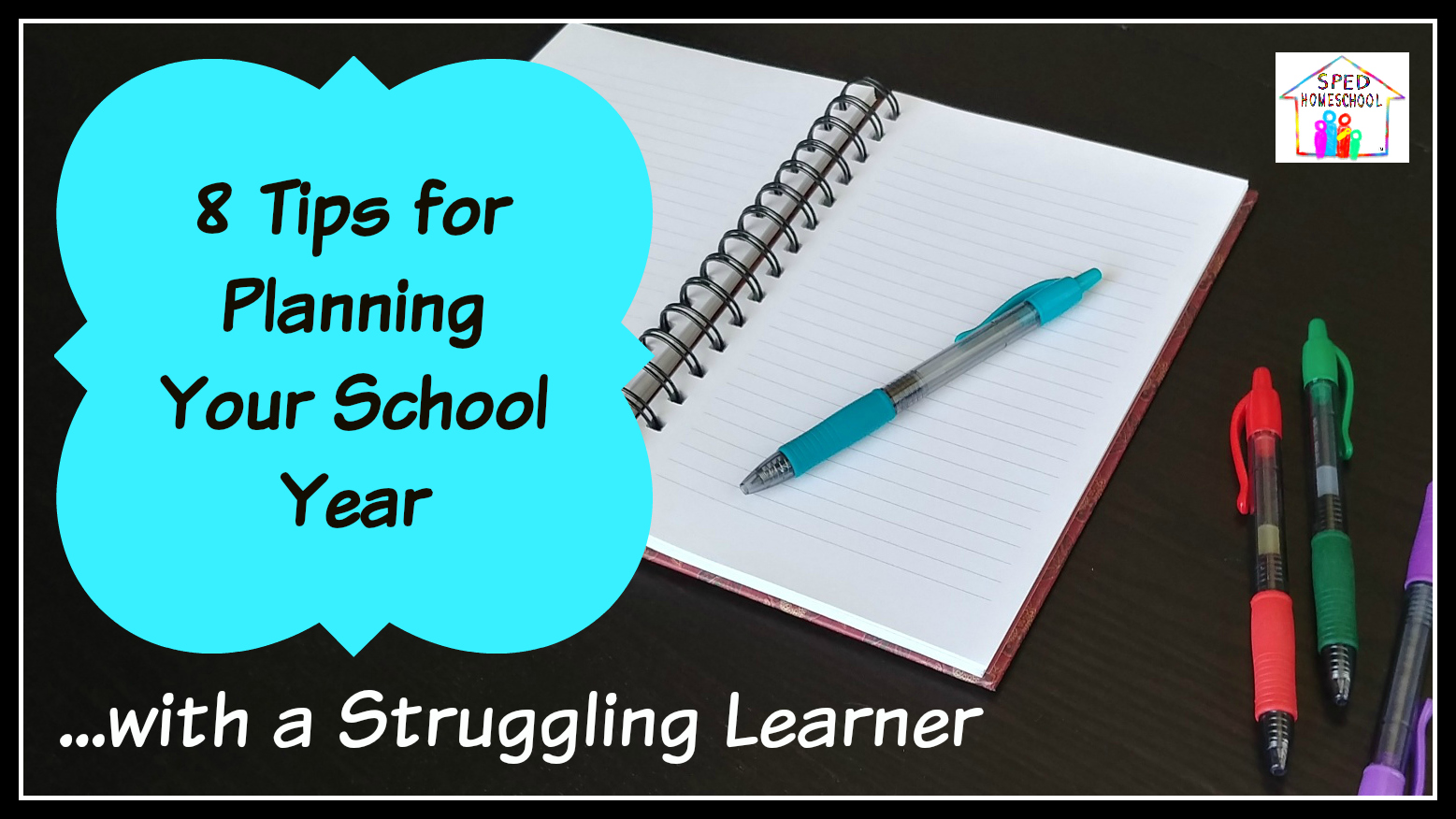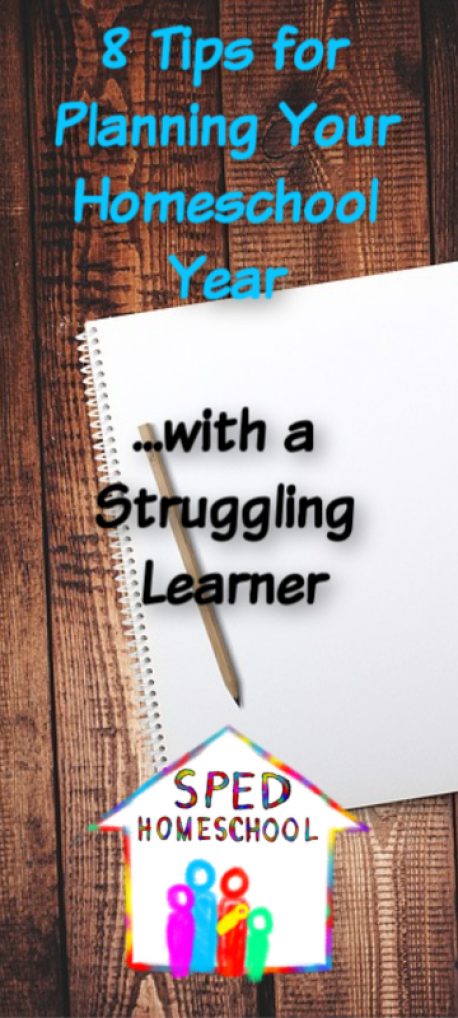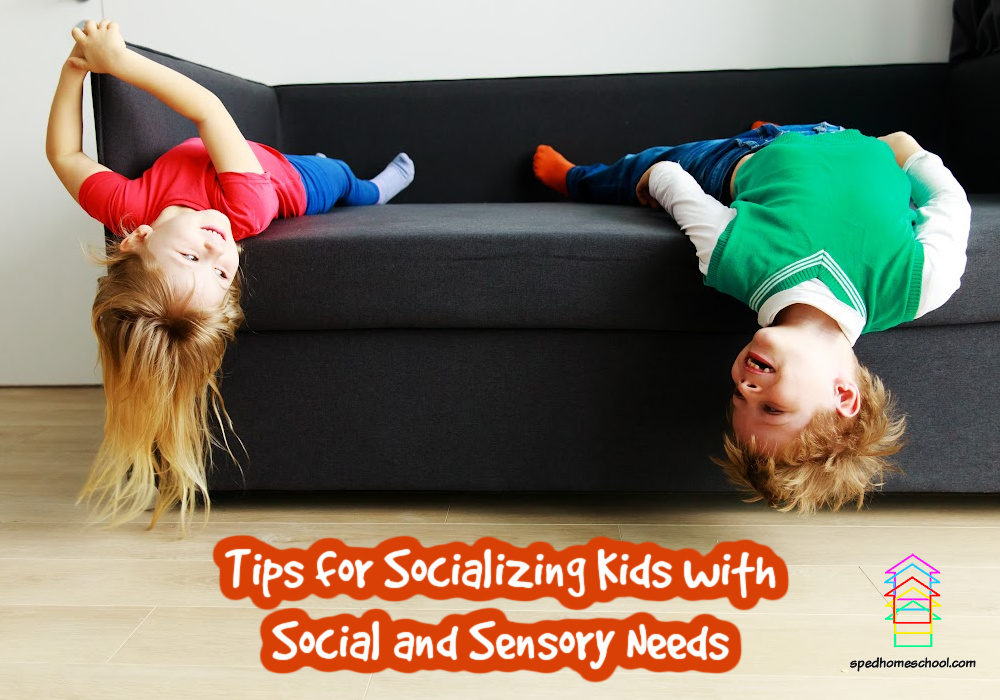
by Jen Dodrill from History at Home
For some people, homeschooling is synonymous with being unsocial or even antisocial. We as a collective of homeschoolers don’t know why. We know our kids are socialized. At least we try to make that happen, but what if your child has social or sensory needs and you feel like socialization isn’t happening?
In this post, I want to look at what socialization is and offer some tips for socialization for kids with social and sensory needs.
My personal experience – I’ve learned so much from my granddaughter about sensory needs. She is in therapy to learn how to adapt, and my daughter passes on what they’ve learned so that we all can work with her. Anything we can do to help my granddaughter is what we will do!
Let’s start with defining socialization.
What exactly is socialization?
In a paper on Home Schooling and the Question of Socialization, the author says – “What makes this question so puzzling is that different people mean different things by the word socialization. Some people mean social activity…. Others mean social influence…. And some mean social exposure…. but socialization can be more accurately defined as “the process whereby people acquire the rules of behavior and systems of beliefs and attitudes that equip a person to function effectively as a member of a particular society” (Durkin, 1995b, p. 614).”
I will not put down people that have their own ideas of what socialization is and how to achieve it, but I want to point out that the above definition is not restricted by place, time, or age.
Socialization is truly less about activity or influence and more about equipping our children to function in their world.
Keep that in mind!
Direct and indirect socialization
When our kids are small, they play alongside each other or in the same room. This is a form of indirect socialization. All children do this, but as they get older, they typically start interacting directly with their playmates.
For kids with social or sensory needs and disorders, indirect socialization is all they want, and it can be very helpful. However, if your child has social or sensory issues, you know that direct socialization can be difficult. For some it is doable with lots of cues and repetition, but for some kids it is almost crippling.
In the article 5 Tips for Homeschooling Your Child with ASD, the author says we still need to provide ways for our struggling kids to socialize – or interact – with others. Some ways they have listed include:
- Homeschool co-op
- Homeschool class at the zoo, museum library, etc.
- Playing a sport, gymnastics, ballet
- Music/choir lessons
- VBS or other church activities
You know your child, and you either know how much to push or you’re learning! It may be a constant, on-going process. That’s okay, we are all learning.
Tips for socialization for kids with social and sensory needs
Too many people can be overwhelming for many kids, and adults. Loud noises, too many lights, it adds up to overstimulation and it can happen fast! Once they’re over stimulated it’s hard to get them regulated and they might shut down or meltdown.
Some socialization tips for our kids:
- Safe spot and person – Identify a safe spot or person for your child to go to if they’re becoming overwhelmed – my daughter always does this. Even early on, before we knew there was an issue, we did this.
- Knowing someone there – It’s hard being the “new” kid, so knowing someone at the place or event can help lower anxiety.
- Just being around others but not necessarily interacting – A baby step towards more direct interaction.
- Library story times or other small groups are usually easier.
- One person talking – This can cut down on overstimulation.
- Give choices – Help your child to identify when they can make a choice and then offer it. You will learn if you need to push a little or a little more. For example, my granddaughter sometimes wants to order at a restaurant, but not always. She knows she has a choice.
- Split birthday parties – Have one for friends and one for family. Holding it outside is a great idea, and even here you can assign a safe place and person.
- Consider a lower-key holiday celebration. I have 5 kids (all grown), plus their spouses/significant others and children. Our celebrations are always loud and busy. This can be super hard on my granddaughter, and even a couple of my kids. Be mindful of this and accommodate as you can.
Wrapping it up
What other people think about socialization is their business. We must equip our children to function in the world in the best way we can, while meeting their needs.
It can seem like a lot of work to teach our kids with social and sensory needs to socialize. And it is. But keep doing it! You’re learning right alongside your child.
Ask for help, look up other tips and ideas to do the best for your child. And keep in mind what your goals are for your child. No one else can define that for you. It might be helpful to seek help from someone who specializes in the sensory area, ABA or OT, to help you define those goals and figure out exactly how to reach them.
You have a choice in how you make socialization happen!
Jen Dodrill has been married for 35 years, is a proud mom to 5 kids, and she homeschooled the three youngest. The “baby” graduated in May 2020, but Jen refuses to bow to empty-nest syndrome! She teaches Oral Communication as an adjunct instructor and writes curriculum under History at Home at TeachersPayTeachers and Boom Learning. When she’s not working, she is spending time with her kids and, adorable, granddaughters. Connect with her on her blog – Jen Dodrill History at Home , Instagram, Facebook, and her favorite place – Pinterest!

